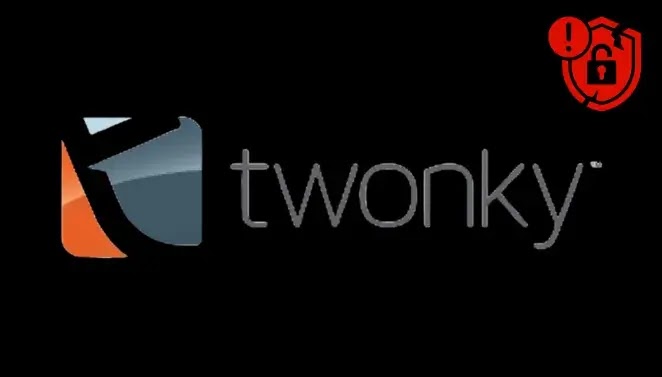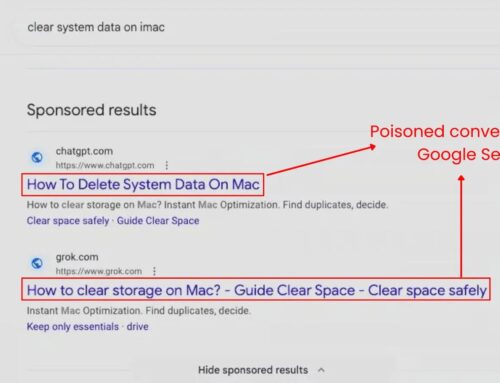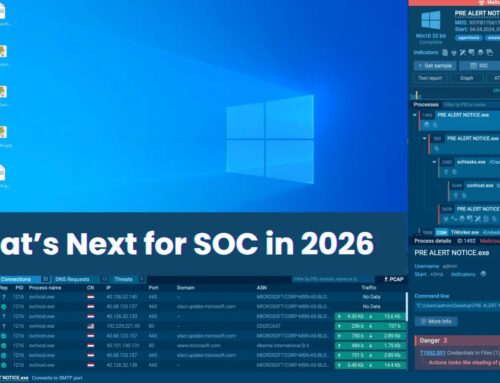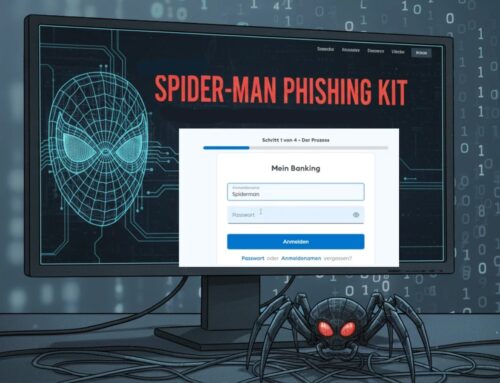
Critical Twonky Server Vulnerabilities Let Attackers Bypass Authentication
Urgent Alert: Critical Flaws in Twonky Server Expose Media Content to Unauthenticated Attackers
In an environment where multimedia consumption is central to many organizations and home networks, the underlying servers that power these experiences are often overlooked security-wise. However, recent discoveries by Rapid7 have cast a significant shadow over Twonky Server, a popular media server software. Critical authentication bypass vulnerabilities, identified in Twonky Server version 8.5.2 and potentially earlier, allow unauthenticated attackers to gain full administrative control. This exposure is not merely an inconvenience; it represents a direct threat to the confidentiality and integrity of hosted media and the server infrastructure itself.
Understanding the Twonky Server Vulnerabilities
The core of this critical security incident lies in two distinct yet chainable authentication bypass vulnerabilities. These flaws enable an attacker, without possessing any valid credentials, to elevate their privileges to that of an administrator. Rapid7’s analysis highlights that these vulnerabilities can be exploited in sequence, leading to a complete compromise of administrator accounts with zero user interaction. This means a malicious actor could, in theory, access, modify, or delete any media hosted on the server, or even leverage the compromised server as a pivot point for further network infiltration.
The impact extends to Twonky Server installations across both Linux and Windows operating systems, underscoring the broad potential attack surface. While specific CVE identifiers were not detailed in the initial alert, the nature of these vulnerabilities suggests a high CVSS score, necessitating immediate attention from all users and administrators of Twonky Server.
The Mechanics of an Authentication Bypass
An authentication bypass vulnerability is particularly dangerous because it subverts one of the fundamental pillars of cybersecurity: access control. In its simplest form, it means a system designed to verify a user’s identity before granting access fails to do so effectively. For Twonky Server, this implies that certain requests or manipulated inputs can trick the server into believing an unauthenticated individual is a legitimate administrator. Chaining these vulnerabilities implies that one initial weakness allows a bypass, which then grants access to another function that further escalates privileges, culminating in full administrative control.
This type of flaw often stems from inadequate input validation, improper session management, or flawed logic in the authentication mechanism itself. The lack of user interaction required for exploitation makes these vulnerabilities particularly attractive to attackers, as they lower the barrier to entry significantly.
Remediation Actions for Twonky Server Users
Given the severity of these authentication bypass vulnerabilities, immediate action is paramount for all users of Twonky Server, especially those running version 8.5.2 or earlier. Neglecting these issues could lead to significant data breaches, unauthorized access, and potential reputation damage.
- Update Immediately: The most crucial step is to update your Twonky Server installation to the latest available version. Vendors typically release security patches to address such critical vulnerabilities. Continuously monitor official Twonky Server channels for security advisories and updates.
- Network Segmentation: Isolate your Twonky Server from critical internal networks. If possible, place it in a demilitarized zone (DMZ) or a segmented network zone with strict ingress and egress filtering. This limits the potential for lateral movement if the server is compromised.
- Strong Access Controls: Implement and enforce strong, unique passwords for any remaining administrative accounts. Although these vulnerabilities bypass authentication, good password hygiene remains a fundamental security practice.
- Audit Logs and Monitoring: Regularly review access logs and system activity on your Twonky Server for any suspicious behavior. Look for unusual login attempts, access to sensitive directories, or unexpected process executions.
- Web Application Firewall (WAF): Consider deploying a WAF in front of your Twonky Server, especially if it’s internet-facing. A WAF can help detect and block known attack patterns and malicious requests, providing an additional layer of defense.
- Vulnerability Scanning: Regularly scan your network and connected devices for known vulnerabilities. This includes the operating system hosting Twonky Server.
Tools for Detection and Mitigation
While direct detection of these specific Twonky Server vulnerabilities would likely require specialized scripts or patched scanning tools, general cybersecurity practices and tools can aid in overall system hygiene and defense.
| Tool Name | Purpose | Link |
|---|---|---|
| Nessus | Vulnerability Scanning & Assessment | https://www.tenable.com/products/nessus |
| OpenVAS | Open Source Vulnerability Scanner | http://www.openvas.org/ |
| Wireshark | Network Protocol Analyzer (for traffic monitoring) | https://www.wireshark.org/ |
| ModSecurity | Open Source Web Application Firewall | https://modsecurity.org/ |
| Kali Linux | Penetration Testing Distribution (includes various security tools) | https://www.kali.org/ |
Concluding Thoughts
The discovery of critical authentication bypass vulnerabilities in Twonky Server version 8.5.2 serves as a stark reminder of the continuous need for vigilance in cybersecurity. Unauthenticated administrative access, especially when achievable without user interaction, represents a severe risk that no organization or individual can afford to ignore. Prioritizing software updates, implementing robust network segmentation, and maintaining proactive monitoring are not merely best practices; they are essential defenses against threats that can compromise valuable data and infrastructure. Stay informed, stay secure, and act swiftly to mitigate these critical exposures.





